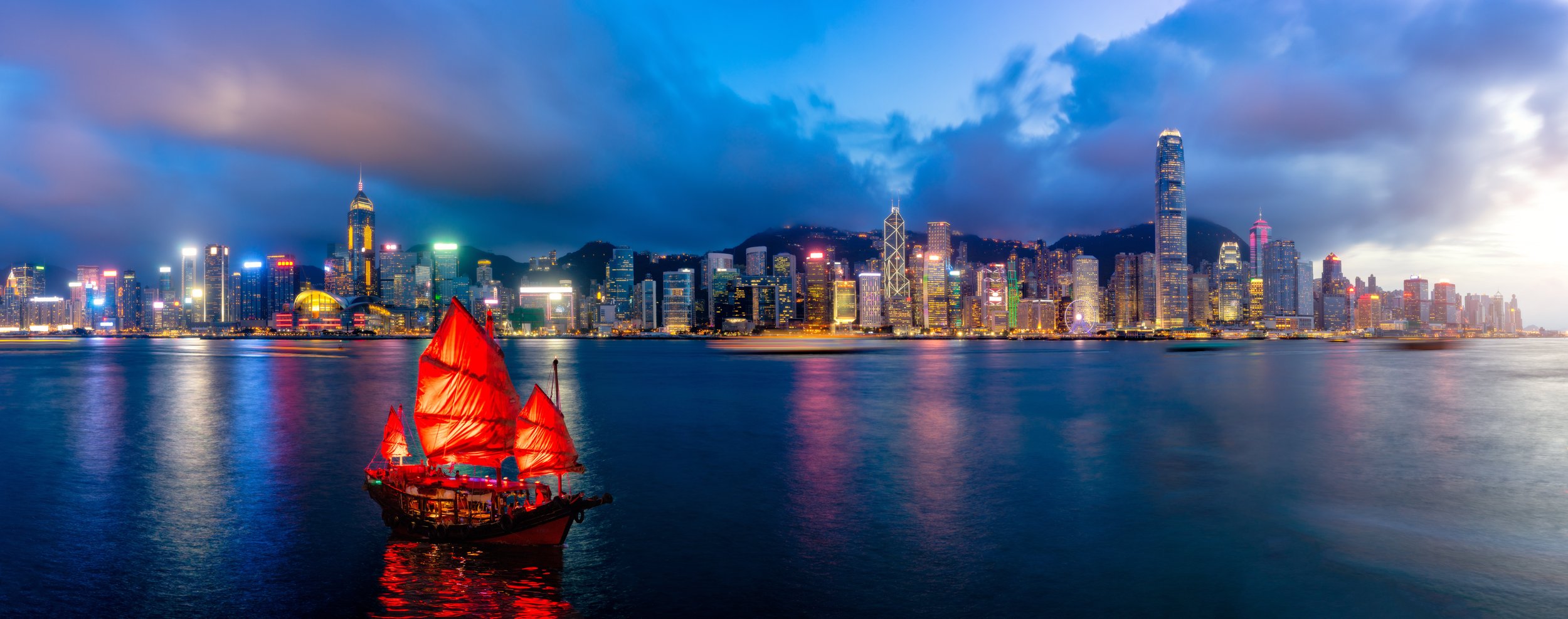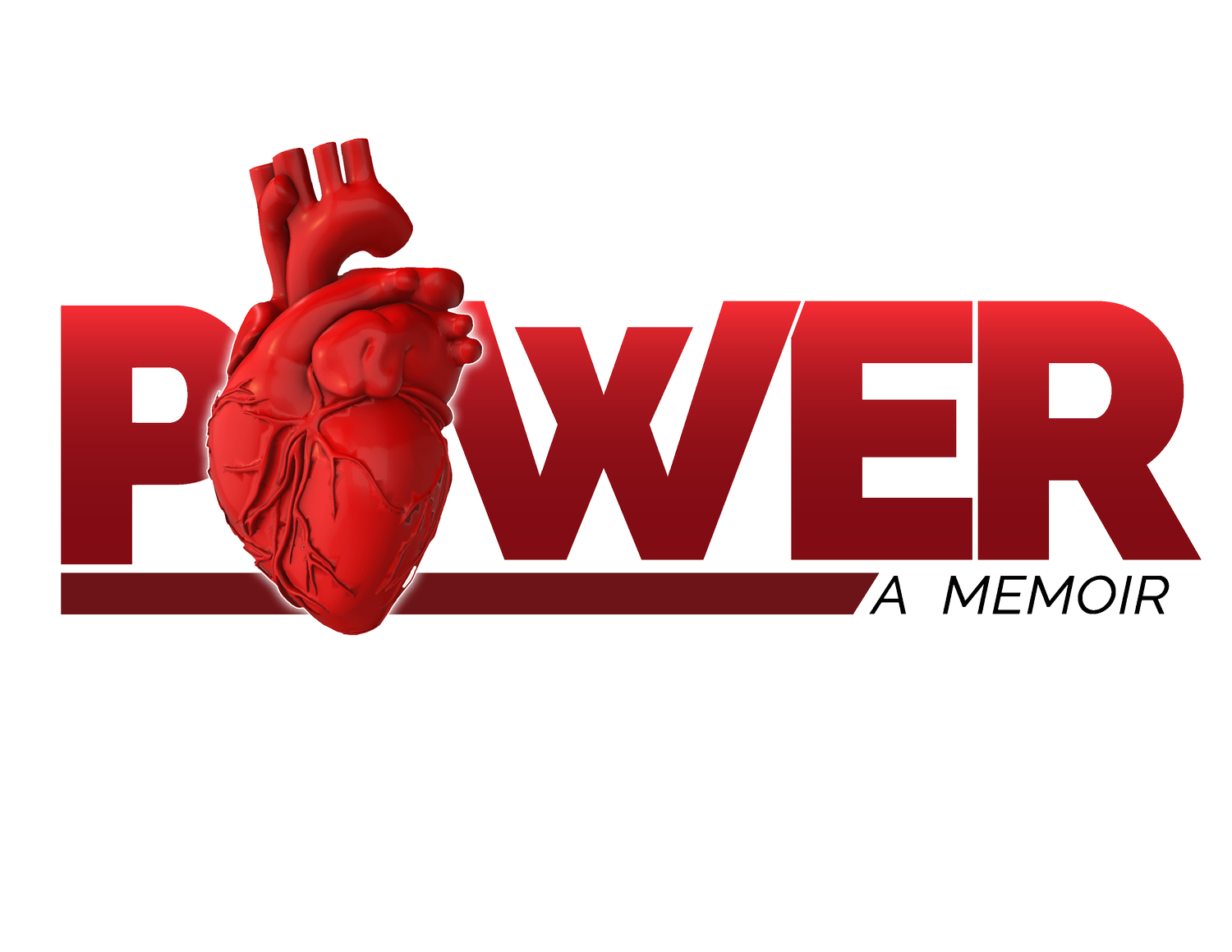
Introduction
In his address to the Royal College of Physicians, Dr. William Harvey wrote of the heart’s primal importance as the “foundation of life, the source of all action.” His illustrative speech demonstrates that an energized heart provides the power to propel one's life forward each day, beating approximately 30 million times per year and 2.5 billion in the lifespan of an average person, reaching 80 years.
Join me on a decades-long prismatic journey to the Far East and back as I confront and solve unforeseen matters of the heart.
Merriam-Webster provides multiple definitions for the word power. Other words often replace it, such as Control, Mastery, Sway, Authority, Command, and Sovereignty. However, none capture its intended contextual impact. Rarely is the word power directly applied to heart surgeons. When someone in this profession has your heart in their hands, tasked with repairing or replacing a vital part, their supremacy is immediately relevant. Throughout my decades dealing with matters of the heart, billions of dollars have been invested to ensure it continues to function properly.
Our hearts are pumps with four chambers and valves regulating blood flow throughout the circulatory system. A decision to replace or repair a faulty valve is critical for the patient’s future health, and is why heart surgeons enjoy a unique, trust-laden standing in society. Their notable skill and reputation, however, may depend on the heart valve they select. They depend on the manufacturer and its salespeople to provide supporting documentation.
Power details long-standing relationships with several prominent surgeons in America, as well as close ties to numerous surgeons operating in the Asia-Pacific region. A select few turned my world around. I witnessed explosive growth in heart surgeries with the introduction of improved valve designs, operative techniques, and increased investment in new open-heart centers. Power is not a textbook on heart valve surgery or its history in Asia. I’m not a doctor or technician. The focus is on the dynamics between surgeons, cardiologists, manufacturers, device dealers, fellow sales representatives, and several kleptocratic government leaders as the twentieth century drew to a close. A volatile period in Asia and world affairs, spanning from the mid-1970s to the early 21st century, witnessed political and social upheavals, extraordinary investments in healthcare, and untold financial gains for practitioners, impacting their careers and the millions of patients, including mine.
“In immersive detail, Power recounts a tale of unbridled ambition, uplifting romance, fame, fortune, undisguised corruption, carnality, bitter rivalries, and murder. The cardiovascular community in which I resided had it all.”
After completing my military service in 1969 as an infantry officer, I worked as a Procter & Gamble soap powder salesman in New Jersey. Eighteen months later, a product upgrade to catheters in the medical device industry elevated my stature. Unsure I’d chosen the ideal career path, substitute teaching came next. With the freedom to tramp through Europe over consecutive summers, I grasped what the world had to offer, encouraging me to explore my ancestral roots.
A further move toward worldliness continued in the 1970s, during the Saturday Night Fever disco craze, power blackouts, recession, harsh winters, and the infamous “Son of Sam” killing spree in what had become a violent New York City. I settled in the Big Apple on a whim, thinking that success would automatically find me. Two years of menial jobs followed — waiting on tables, driving a taxi, and other menial pursuits, allowing me to survive in the city. Thanks to the clout of a fraternity brother, I landed a sales job at the telephone company, lasting 18 stable months.
In a case of unscripted good fortune, I joined the world’s leading manufacturer of mechanical heart valves. Suddenly, I found myself calling on New York’s leading heart surgeons, approaching the apex of their careers. My updated résumé blossomed as I rode the crest of a technological wave, empowering clinicians to achieve improved results. Thanks to the company’s savvy president recognizing my determination for an international posting, I landed in Australia,
Traveling extensively, I managed the company’s business in the booming Asia-wide healthcare industry of the 1980s. With minimal direction from a boss based in Hawaii, I engaged surgeons in Shanghai, Bangalore, Colombo, Jakarta, and previously unfamiliar cities. Limited home office coordination required independent actions in the field, with Telex as the primary mode of contact. Reliance on distributors increased as a sales strategy. They understood customers. Positive outcomes required clever maneuvering on a market-by-market and surgeon-by-surgeon basis.
Over time, I developed close relationships with several influential heart surgeons, cardiologists, and business leaders. I observed their expertise, dedication, rivalries, influence, and, at times, greed and misdoings. In 1983, a year before turning forty, I married the woman of my dreams, a nurse who was caring for a CCU patient with the heart valve I represented. Life accelerated on an upward glide, but a year later, dark clouds hovered over the company. Redesigned models of their valve had structural failures. Patients died, litigation followed, sales plummeted, and after an eight-year career, I resigned to reevaluate my life’s ambitions as a married man.
It was 1984, and this self-imposed new beginning found me on the idyllic shores of Hawaii. My connection to the Far East led to the creation of APEX, “A Cardiac Newsletter for Asia,” which focused on regional events. The upswing in valve surgeries directed my attention to producing dependable, low-cost heart valves for Third World markets I knew well. With planning underway in Honolulu, a new enterprise emerged. It would be based in Singapore, with a renowned Australian heart surgeon and two engineers from my previous company as partners. One had the same aspiration for a valve project in India and the other for one in China. Thanks to the surgeon’s business connections, the initial funding enabled us to move forward. As operational expenses increased and sales projections were missed, gloom dimmed our earlier bright-skies outlook.
In 1986, Dr. Albert Starr addressed the Society of Thoracic Surgeons on the topic of The Thoracic Surgical Industrial Complex. Having listened to his address, I thought this was when the relationship between medicine and business would be worth billions of dollars in the immediate years ahead.
Struggles continued for our young company despite a “rescue loan” from a wealthy Hong Kong newspaper tycoon. Disagreement among partners and Australian investors sapped initial enthusiasm and limited our growth. Cuts were made on personnel and marketing, and I sought a new dream to follow. Regretfully, the chilling murder of our prominent surgeon-founder a year later in Sydney led to the venture’s eventual collapse. Shockwaves rippled through the region and its cardiovascular community as an avalanche of questions materialized about his unexpected murder.
However, the roaring 90s showcased a period of remarkable economic expansion and business opportunities throughout the Far East. When hired to introduce a new prosthetic valve made in the United States, I leveraged the clout of dealers and surgeons I’d gotten to know. Thanks to the full support of the home office team in Texas, their advanced valve design secured a sizable share of the mechanical market. Our whirlwind 10-year love affair steadily dissolved as my travel increased, eroding any business success I had achieved. Divorce loomed on a not-too-distant horizon.
Having established a credible voice with APEX, I mused, “Why not tackle the challenge of starting the first heart journal for regional clinicians?” They found it nearly impossible to have their clinical or research work accepted in Western journals; language difficulties, failure to adhere to scientific publishing norms, and insufficient patient follow-up resulted in routine rejections. The journal, widely circulated since 1993, featured prominent surgeons and cardiologists on its editorial board. Fortunately, initial funding and my infusion of cash sustained its growth.
Despite intense competition from an Australian scientific periodical for regional ascendancy, Asian clinicians and researchers had the Asian Cardiovascular and Thoracic Annals to call their own.
Thanks to the tireless efforts and unwavering dedication of numerous individuals, the creation of this legacy rests with all of us—it remains in circulation today. I gave it a life as part of my unscripted Far East odyssey, but a select few sustained and nourished it over the past two decades since I left Asia for home in 2003.
Good fortune and timing drove us to improve the journal. Establishing its relevance and mine in Asia became an obsession. A hard-earned official relationship with the Asian Society for Cardiovascular and Thoracic Surgery ensured its survival and continued growth.
"The persistence and expertise of the dedicated men and women around me ultimately triumphed. The power of the written word found a welcoming home in the Asian cardiac community. I led the charge to give back to a part of the world I had grown to love — a place where I, at times, struggled to succeed.
Although the journey is over, from the bustling streets of New York to the vibrant, tree-lined avenues of Asia and the Pacific, I remain connected to the Far East, now back home in New Jersey. To the friends and family members who supported my varied endeavors: I say Thank You from the bottom of my Heart.
Coming August 2025
“The human heart is the only thing whose worth increases the more it is broken.”
– Shakieb Orgunwall.
American supply chain analyst

